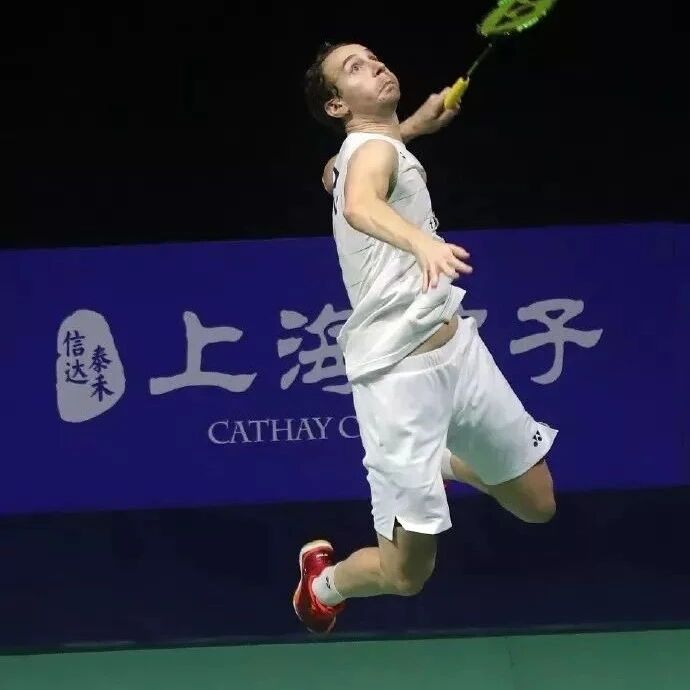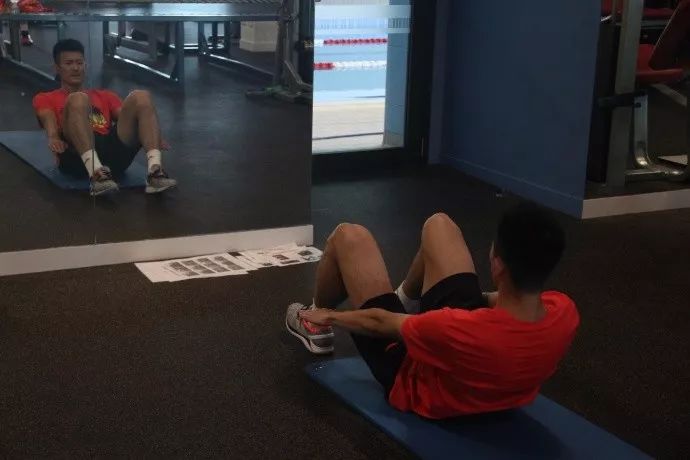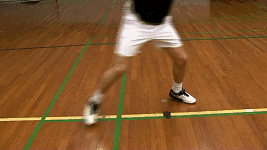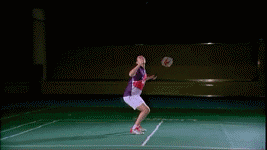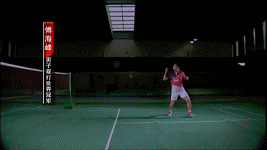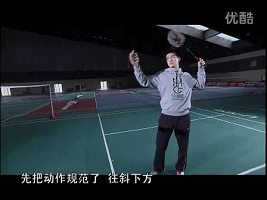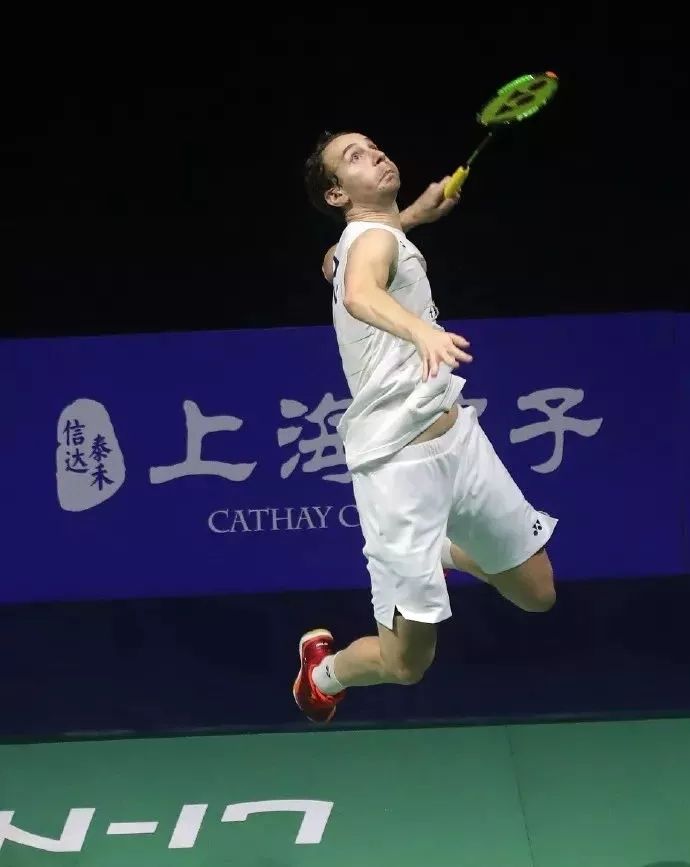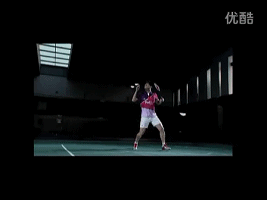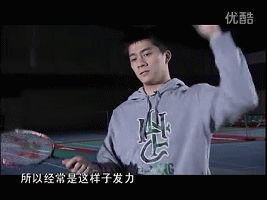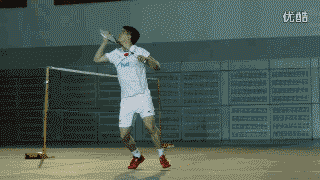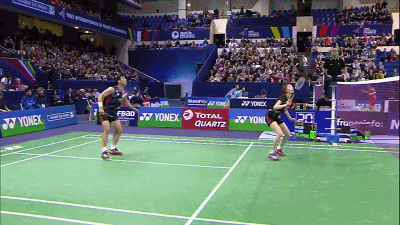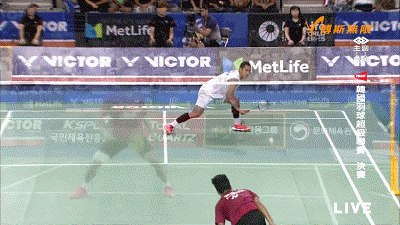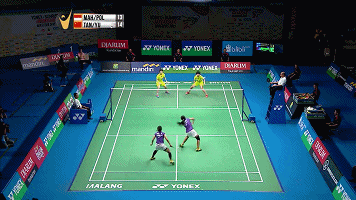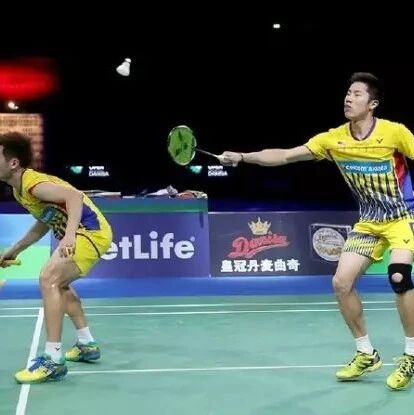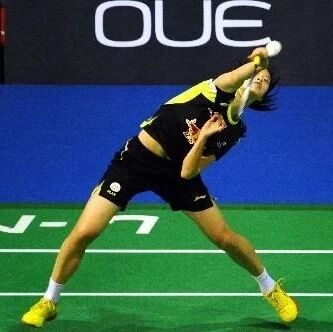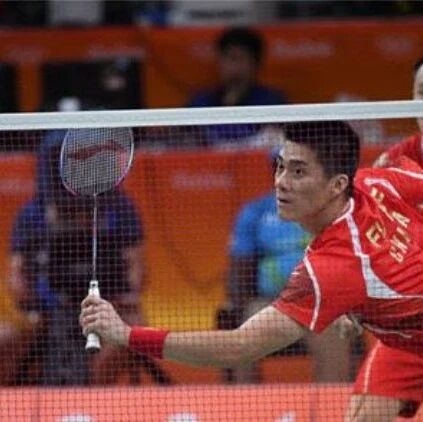
"On the court, it’s all about ‘soaring high, stretching your body fully, and delivering a thunderous, decisive smash’—or as some players put it, “hitting that shot the moment things don’t go their way.” Even when teammates lob the ball up, they respond with an explosive, hammer-like smash. It’s not just about scoring points; it’s about dominating the rally. This dynamic, double-footed jumping smash is often the style that most amateur players admire—and strive to emulate."
However, the jump smash can be quite challenging for amateur players.① Insufficient jump height, poor bounce;② Lack of power when hitting after jumping—poor core strength;③ Inconsistent aerial movements, with improper coordination between the body and the hitting action;④ Misjudging the takeoff timing.
For the first two scenarios, it’s essential to regularly strengthen your jumping ability (through exercises like frog jumps, tuck jumps, and step-ups) as well as your core and lower-body strength (with activities such as planks, sit-ups, leg raises, and back extensions). If you want to master the powerful two-footed jump smash, these physical attributes simply have to be top-notch.For the latter two scenarios, practice the movements regularly—focusing primarily on timing your jump and mastering controlled in mid-air.Jump-and-strike technique:Backward footwork: Step back in place or with a crossover step, retreating to below the hitting point. Stand with your feet shoulder-width apart, ready to jump.
First, squat down, then jump off the ground (the principle is similar to a spring— the deeper you press, the higher you’ll bounce).
1) When performing the forehand stroke in Figure 7, the hitting hand and the non-hitting hand should form a straight line.2) In Figure 8, pay attention to lifting your elbow—lifting the elbow helps you reach a higher hitting point.
Remember to shift your body weight forward during the follow-through, helping you return to center or move toward the net.Sharing insights on the timing of takeoff:Generally, you should start jumping just as the ball begins to fall—but here’s a problem: the speed at which the ball descends isn’t the same as the speed at which your feet push off the ground to take off. This often leads to jumping too early and missing the ball altogether.If you have strong leg power and can jump high, you can time your jump just as the ball starts to fall—this allows you to reach a higher hitting point. But if your leg strength is weaker and your jump isn’t very high, it’s better to wait until the ball has dropped a bit farther before jumping. That way, you’ll still manage to hit the ball effectively.1) Relax at takeoff, tighten up during the airborne swing, and channel your power by engaging the explosive strength of your core and abdominal muscles.2) The force in the elbow joint should be directed toward the opposite side of your body; otherwise, injury is likely to occur.3) Pay attention to strengthening your leg muscles and core strength, as weak legs will limit your jumping height, causing the hitting point to drop lower—making it easier for the ball to net or fly too flat. Meanwhile, insufficient core strength can lead to awkward movements in mid-air and reduce the explosive power behind your shots, resulting in lackluster smashes. This is also the most challenging aspect of jumping off both feet.The transfer of power throughout the entire movement4) When practicing the two-footed jump smash, amateur players should especially be reminded to watch out for injuries. If your physical fitness isn’t yet up to par, avoid rushing to achieve quick results—otherwise, you’re highly likely to suffer injuries such as Achilles tendon rupture, lumbar sprain, or strains in your legs and abdominal muscles.Timing for the jump smash: Not all high balls can be powerfully smashed with a double-footed jump.When the opponent lifts the ball high, giving your team enough time to retreat into position and fully prepare, execute a powerful two-footed jump smash to deliver a decisive kill.When the opponent’s shot from the backcourt isn’t high enough, or when your team has already retreated into position and doesn’t have time to prepare, simply execute a one-footed smash—quickly sending the ball back to deny the opponent any chance to react.Gao Chengxuan adjusted his stance fully before jumping to deliver a powerful smash.
The woman's jump smash was also incredibly powerful.Mastering the timing of the jump, executing precise aerial movements afterward, and smoothly following through upon landing—all of these require plenty of practice and careful coordination."One person plays a high, deep shot while the other performs a jumping smash"—this is a great training method. If you want to master the double-footed jump smash, consistent daily practice is essential!!!
More article recommendations:
Badminton netting technique GIF demonstration—helping you easily win points on the court!
Why do you always experience wrist pain when playing sports? It’s very likely that there’s an issue with your follow-through motion.
5 Common Bad Habits in Shuttlecock Netting—Correct Them Early, and You’ll Become a Pro Faster
Zhao Jianhua, Yang Yang, and Li Mao have prepared over 100 lessons for everyone, covering techniques like badminton net play, backhand cross-court hooks, and smashes. Click "Read the Original Article in the Bottom Left Corner" to check them out! If you're looking to improve your badminton skills, don't miss this opportunity—definitely worth it!

Click here to access 100 lessons.